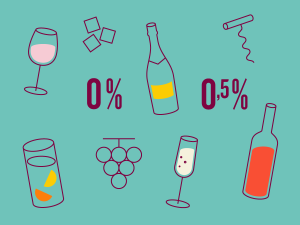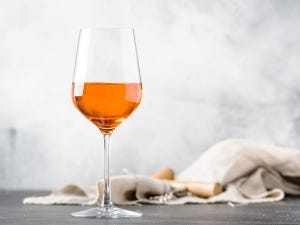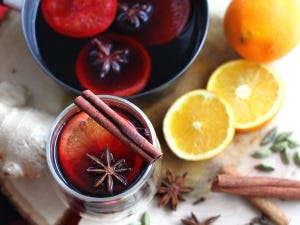Where does the colour come from?
Obviously, the colour of your favourite red wine is acquired from the grape skin, which macerated with the juice during alcoholic fermentation and vatting. It’s like when you make tea or herbal tea, the longer the maceration, the more the extraction. A red wine will require on average 15 to 30 days to gain the desired tint and depth. For white wines, modern techniques have always favoured discarding skins from pressuring. But in hindsight, surely this was not always the case. Keeping the skins played an important role in wine preservation back in the day.
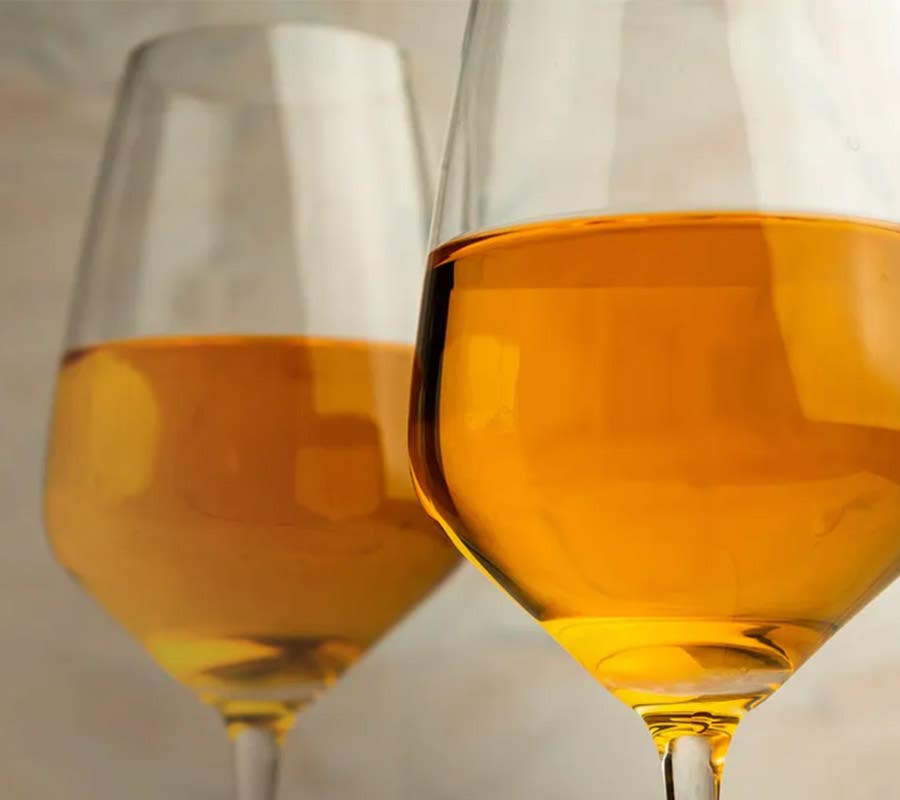

Orange wine = white skin-contact wine
Red wines get their colour comes from a more or less prolonged contact of the juice with the skins. The same process is used for white wine varietals, just like they did in the very beginnings of wine history. The concept is therefore far from new but is making a comeback along with the interest in natural wines, because many of these orange wines flirt with the same philosophy. This maceration will last from a few days to a few weeks, sometimes even a few months. Like red wines, they will therefore be more or less tannic.
Antioxidant tannins
Like many foods, wine is sensitive to oxygen which can quickly deteriorate it. You probably already noticed that an apple, once sliced, turns brown in a matter of minutes. For wine, certain elements have a protective effect, including acidity (like adding lemon juice to that apple to preserve it) as well as tannins, which are plant particles present in the grape skins. Modern oenology has brought its share of tricks and shortcuts to preserve wine and sanitize it effectively. This is where the famous sulphites come in. At a controlled dose, they eliminate certain undesirable bacteria and yeasts, but also protect the wine from the perverse effects of oxygen. Traditionally vinifying white grapes with the skins provided this advantage. Due to this detail and tradition, several orange wines contain little or no added sulphites. But this is not an obligation or regulation.
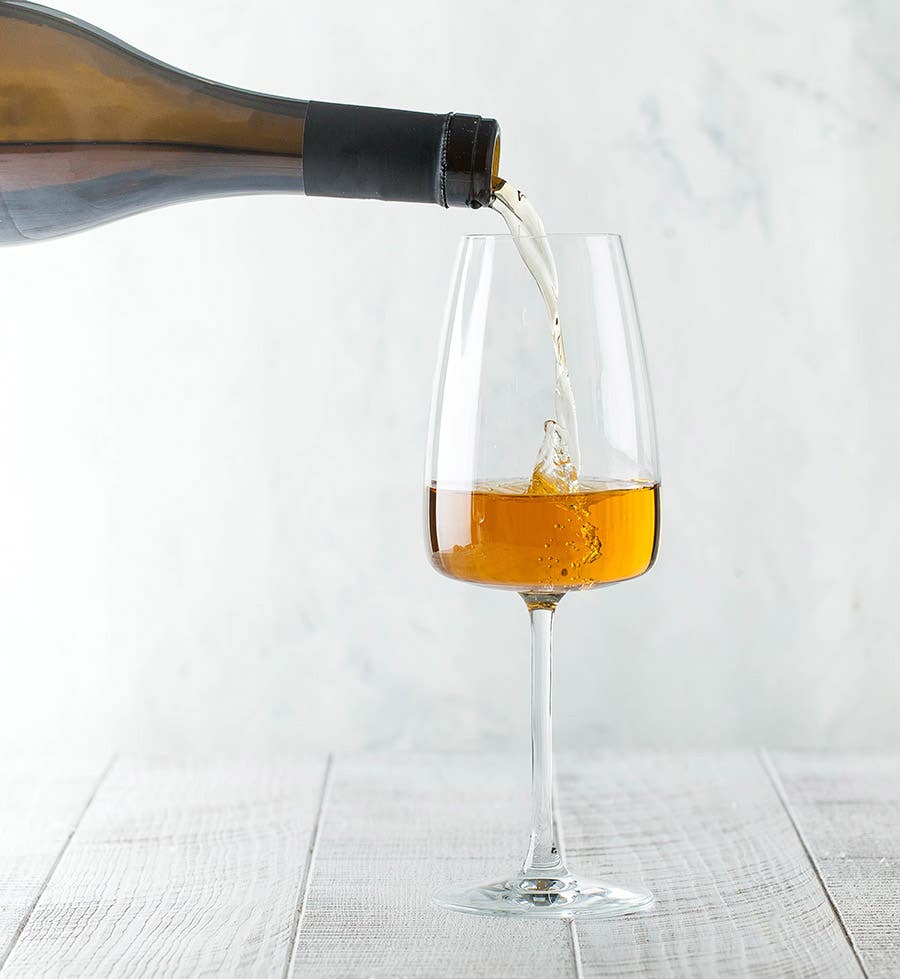

What to expect in the glass
For both white wines and red wines, there are a thousand and one possible nuances. The choice of grape variety(ies) and maceration time, combined with the original terroir, will be the main contributors to the personality of these wines. So, there’s something for all tastes! In addition to affecting colour, this technique allows to develop a variety of aromas ranging from citrus fruits, white-fleshed fruits, herbs and spices, but you will also notice the presence of tannins which will manifest by a more or less drying tactile sensation. Rather dry in nature, orange wine is very fresh, with great aromatic power and an assertive structure. Thanks to its versatility and strong personality, it goes well with a wide variety of dishes.
To appreciate all its charm, we recommend serving it at a temperature between that of a white and a red. Serving orange wine too cold would harden the tannins and deprive you of their extraordinary aromatic palette.
Cheers!
Shop all orange wines
 Access to SAQ Inspire personalized services and store inventories are unavailable at the moment.
Access to SAQ Inspire personalized services and store inventories are unavailable at the moment. Free in-store delivery with purchases of $75+ in an estimated 3 to 5 business days.
Free in-store delivery with purchases of $75+ in an estimated 3 to 5 business days. 



